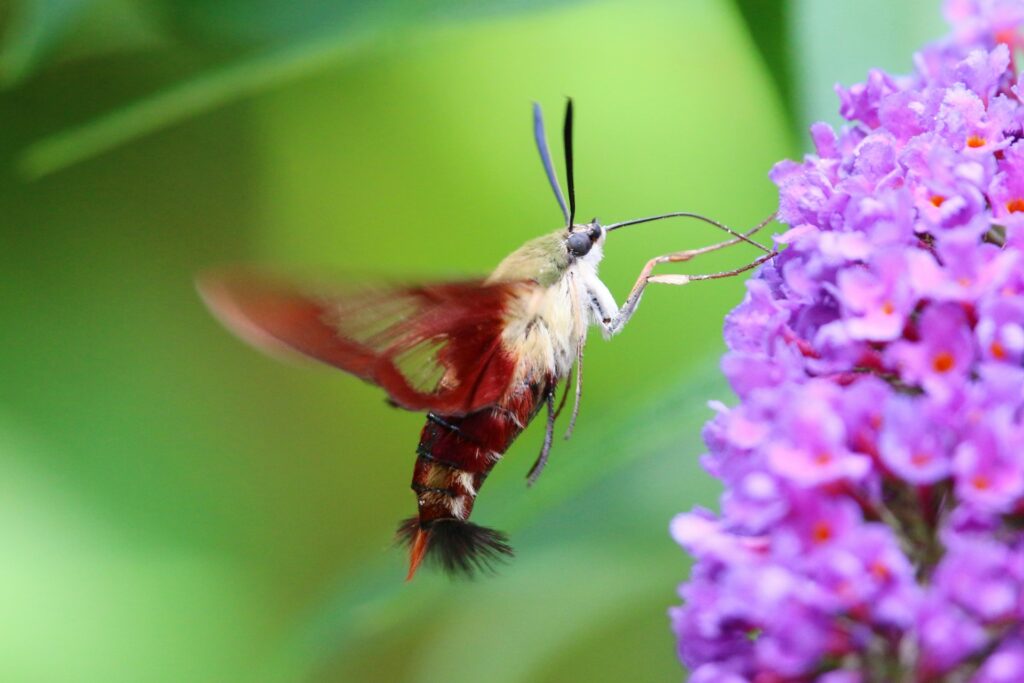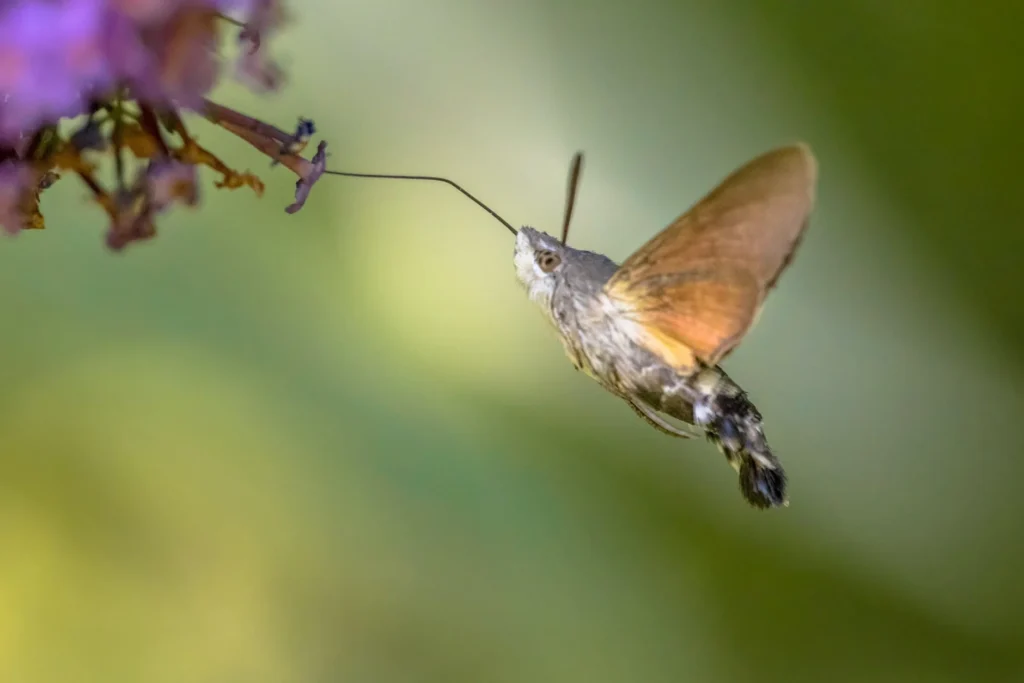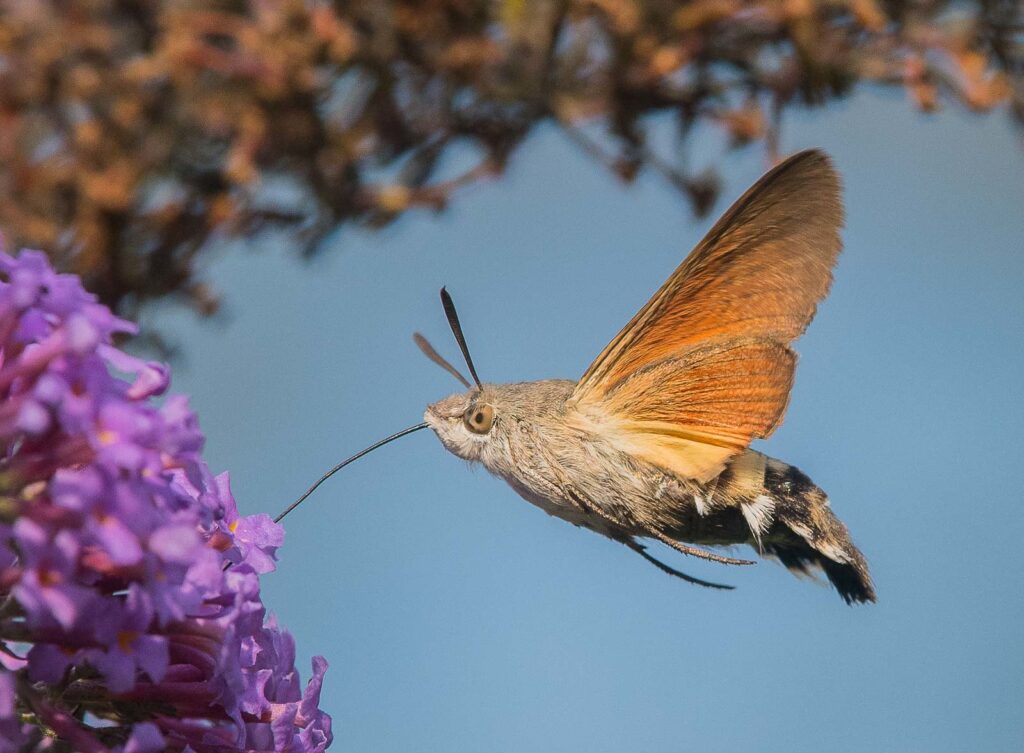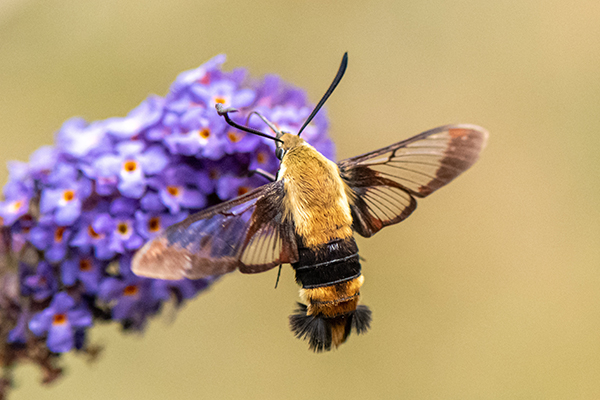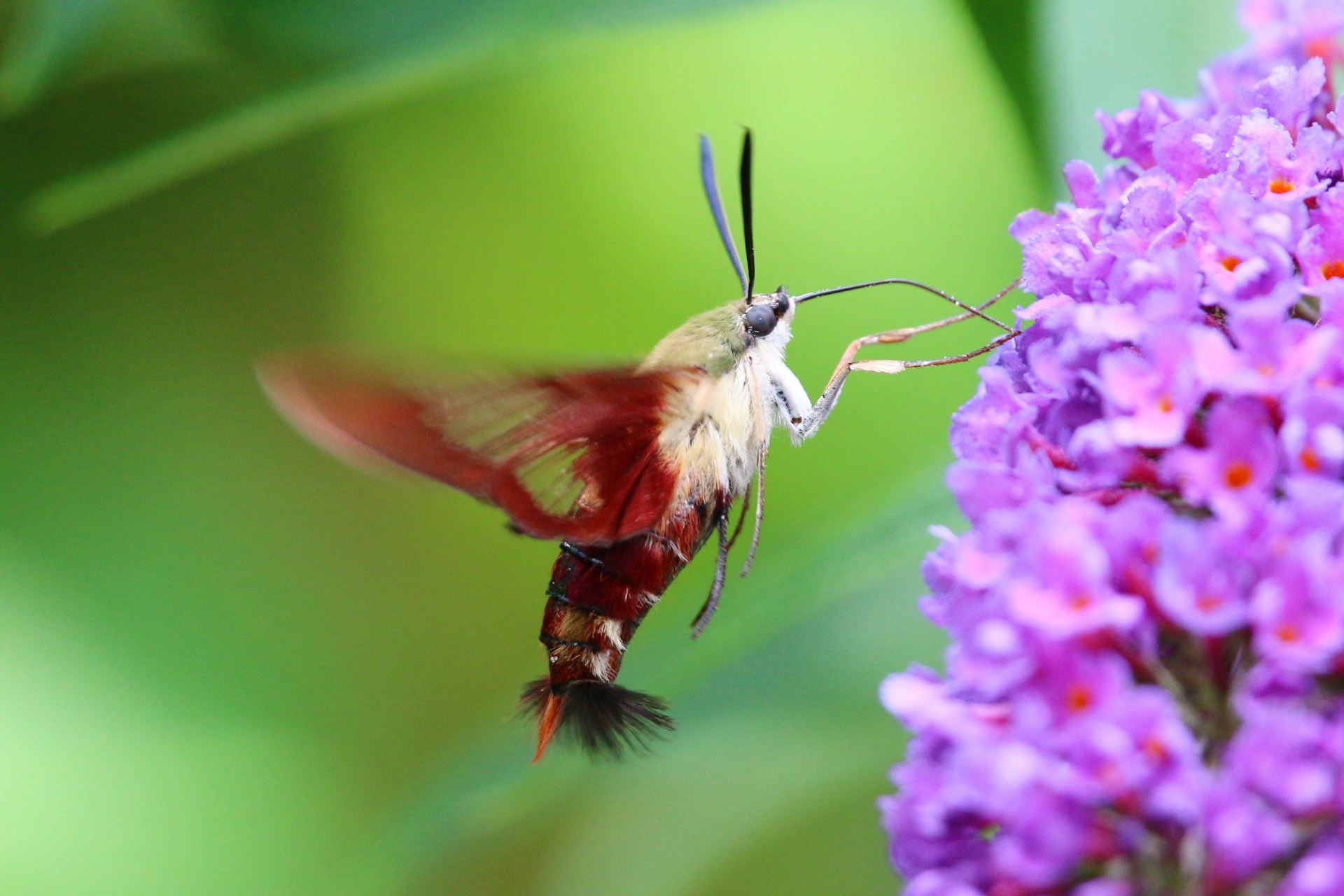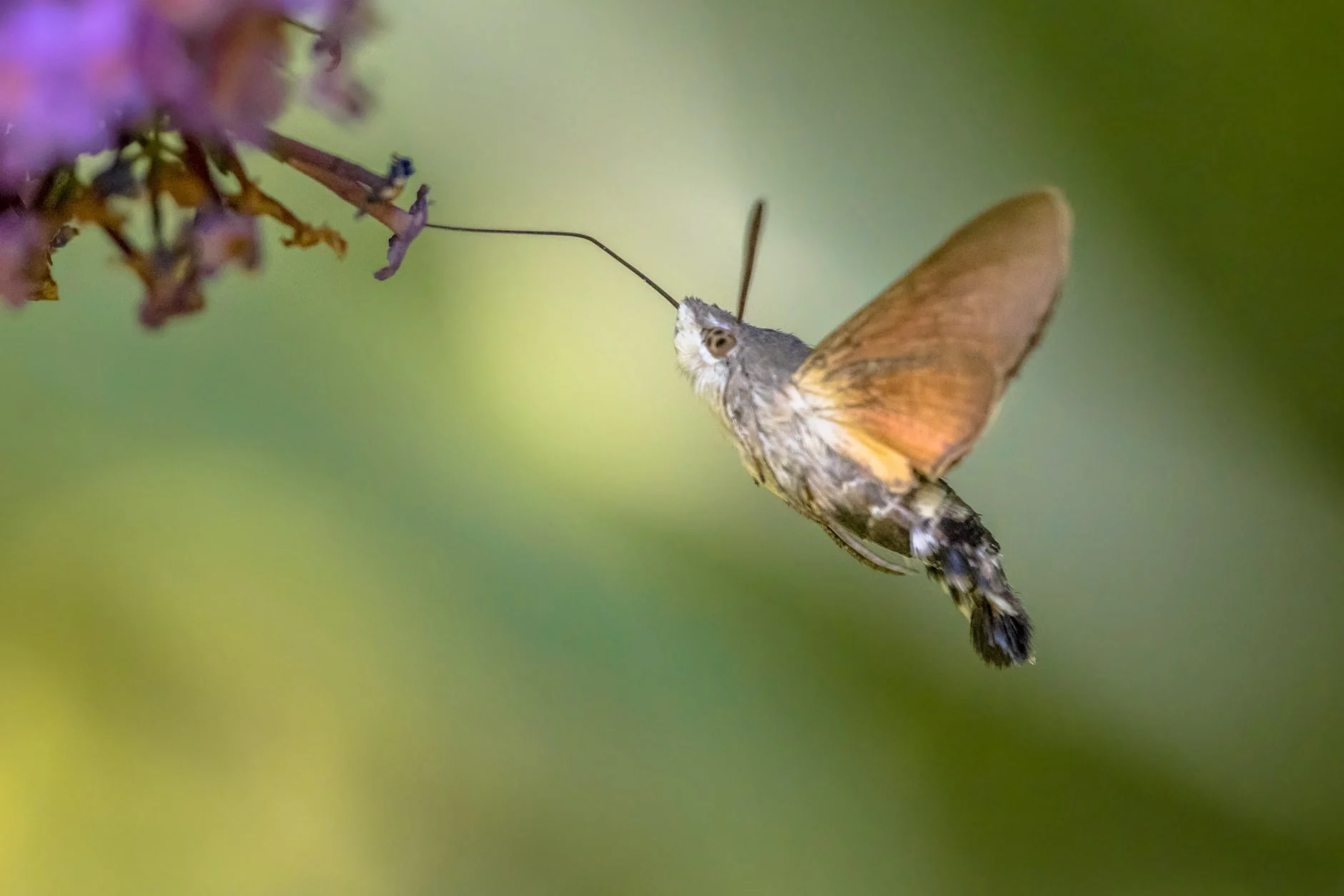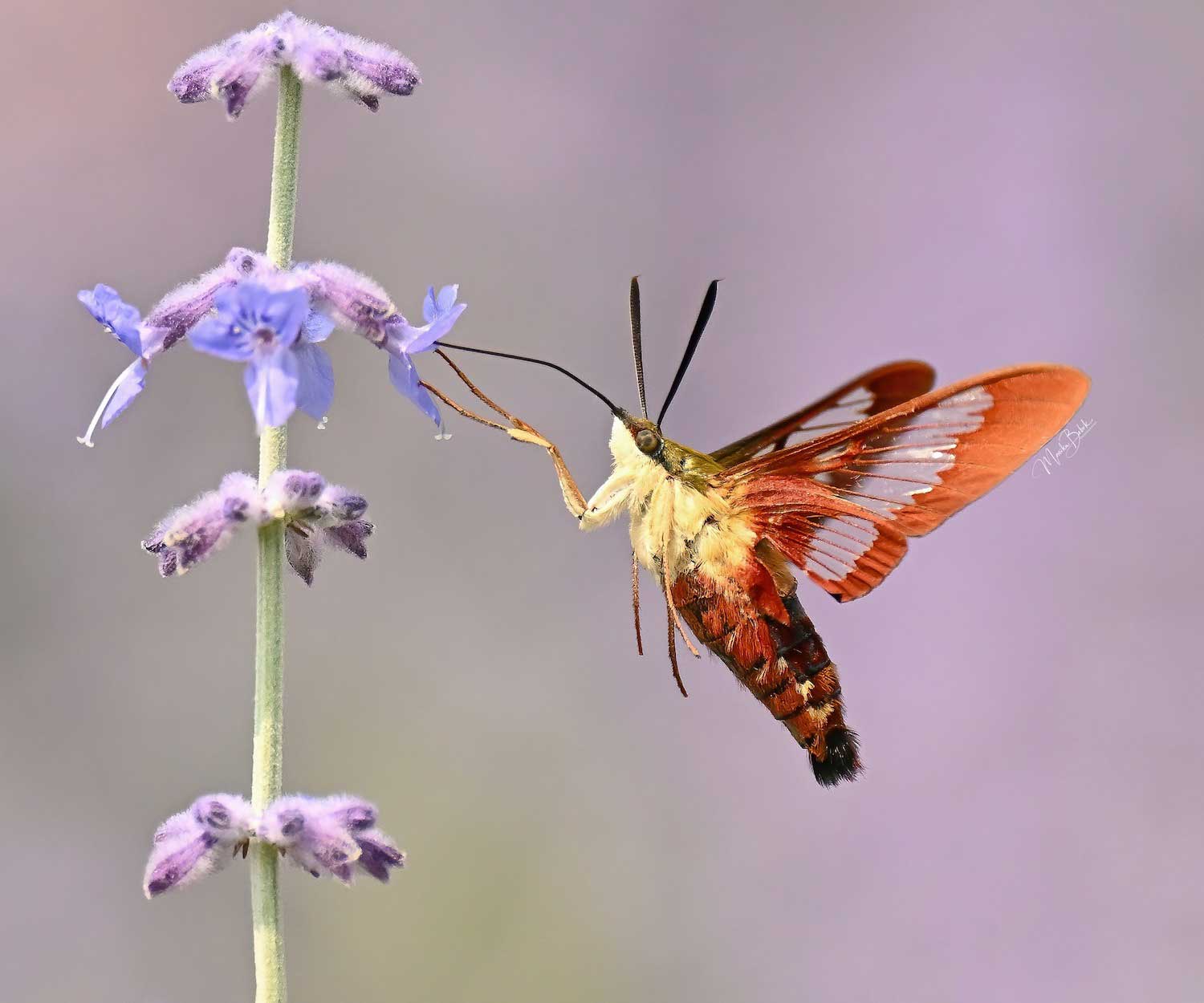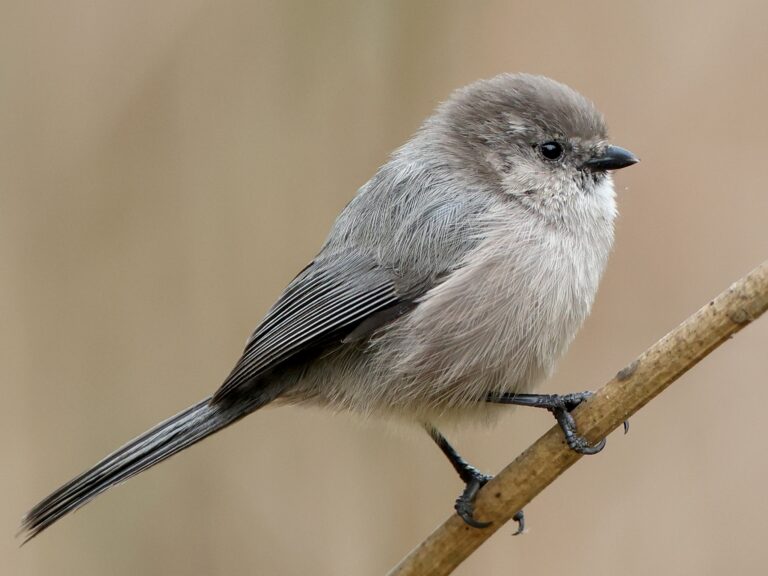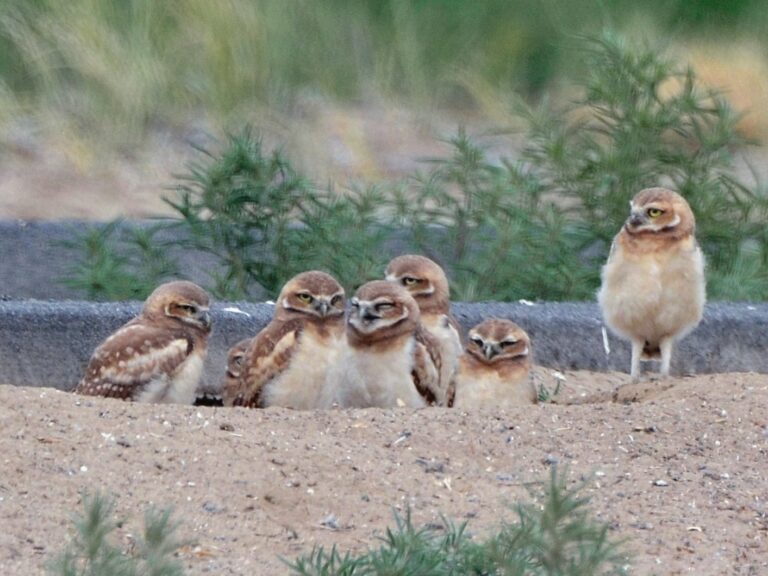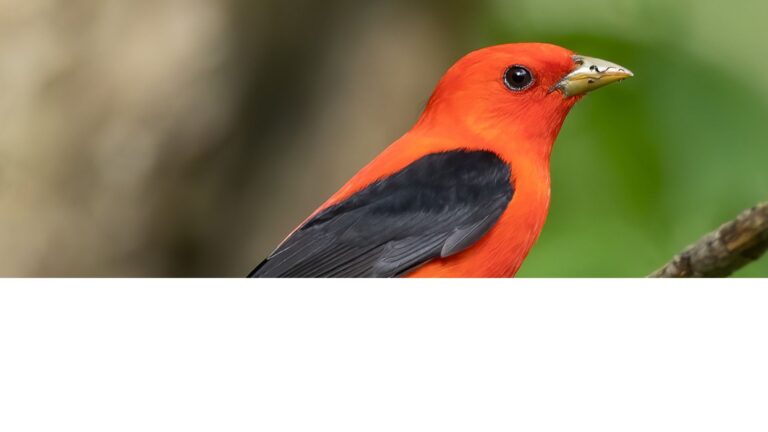The Hummingbird Moth: 15 Fascinating Facts About Nature’s Tiny Chameleons:
Your garden comes alive as the sun rises, not just with the flutter of wings and the hum of activity, but something that you can’t quite understand. Is that a hummingbird or is it a large insect? You take a closer look and realize it’s not a hummingbird. It’s a hummingbird moth.
Hummingbird moths, those fuzzy, fast-flying creatures, are often mistaken for their avian counterparts, and for good reason. Their remarkable adaptations make them one of the most compelling examples of mimicry and evolutionary convergence in the natural world.
Let’s look closer, because these sphinx moths hold secrets far deeper than a mere passing resemblance. Let’s explore 15 facts about hummingbird moths with significantly more detail.
The Sphingidae Family: Where Hummingbird Moths Belong
Hummingbird moths are members of the moth family Sphingidae. This family is diverse, containing many large, strong-flying moths, including the well-known hawk moths or sphinx moths (a name given because the caterpillars often adopt a “sphinx-like” posture when at rest or alarmed).
The species most popularly recognized as “hummingbird moths,” particularly in North America, belong to the genus Hemaris, known as clearwing moths. Old World species often referred to as hummingbird hawk-moths are in the genus Macroglossum. While all are part of the same family, there are distinctions, but the shared traits of rapid flight, hovering, and nectar feeding unite their common name.
Sign Up for Our Monthly Newsletter
Every month we send out our newsletter about interesting (and sometimes quirky) things happening in the world of birding. Give it a try!
The 15 Facts, Unpacked:
1. Avian Mimicry: A Sophisticated Survival Strategy
This isn’t just a casual likeness; it’s a prime example of Batesian mimicry, where a harmless species (the moth) imitates a species that is dangerous or unpalatable to predators (the hummingbird). Hummingbirds are swift, agile, and can be aggressive defenders of food sources.
Predators that have learned to avoid hummingbirds are likely to avoid the creature that looks and acts so much like them. This visual and behavioral mimicry likely offers protection against daytime predators like birds and other visually-oriented hunters who might otherwise easily catch a typical, slower-flying moth.
The combination of size, shape, color patterns (often greenish, reddish-brown, or yellowish, mimicking hummingbird plumage), and rapid movement creates a convincing illusion.
2. Diurnal Activity: A Bold Evolutionary Shift
The vast majority of the approximately 160,000 known moth species globally are nocturnal or crepuscular (active at dawn and dusk). The decision for hummingbird moths to become diurnal is a significant evolutionary divergence.
This shift opens up access to a different set of food resources (flowers that primarily release fragrance and offer nectar during the day) and potentially helps them avoid predators most active at night (like bats). It’s a behavioral adaptation intrinsically linked to their mimicry – to mimic a creature active during the day, they too must be active during the day.
3. Clear Wings: More Than Just a Look
For species like the Hummingbird Clearwing (Hemaris thysbe), the “clear” part of their name refers to large areas of their wings that lack scales in the adult stage. When the moth ecloses (emerges from the pupa), its wings are fully covered in scales.
However, through a process thought to involve the moth shedding or vibrating these scales off during its first few hours of flight, transparent patches are created, leaving scales only along the wing veins and borders. The exact adaptive advantage is debated, but possibilities include reducing aerodynamic drag for more efficient hovering, making the wings less visible during their extremely fast motion (enhancing the blur that contributes to the mimicry), or even potentially aiding in thermoregulation by exposing the wing membrane.
4. The Proboscis: An Engineering Marvel
The proboscis of a hummingbird moth is a highly specialized feeding tube formed by the modification and elongation of the galea, a part of the maxillae (mouthparts). When not in use, the two halves of the proboscis are interlocked and coiled tightly beneath the moth’s head, held in place by palps.
To feed, muscles force hemolymph (insect blood) into the structure, causing it to unfurl and straighten. The tip is adapted to absorb liquid nectar via capillary action and muscular pumping. The length of the proboscis is often specifically adapted to the flowers they feed upon, representing a classic example of co-evolution between pollinator and plant.
5. Precision Hovering: A Biomechanical Feat
Hummingbird moths are champion hoverers among insects. Like hummingbirds, they achieve this seemingly stationary flight by beating their wings in a rapid figure-eight pattern. This complex stroke creates leading-edge vortices (swirling pockets of air) that generate lift on both the forward and backward strokes of the wing.
While the underlying physics shares similarities with hummingbirds, the insect wing structure and musculature are fundamentally different from those of a bird. Maintaining this hover is metabolically expensive, requiring high rates of energy consumption and oxygen uptake, supported by specialized flight muscles.
6. Wingbeat Frequency: The Source of the Hum
The audible hum produced by a hummingbird moth is a direct result of its incredibly high wingbeat frequency, typically ranging from 70 to 80 beats per second (Hz). This is one of the highest wingbeat frequencies among moths and is comparable to the lower range of wingbeats in hummingbirds (which can range from 40 Hz in larger species up to 80 Hz or more in smaller ones, and significantly higher during dives). The rapid oscillation of the wings through the air creates sound waves perceived as a hum or buzz.
7. Backward Flight: Exceptional Aerial Control
While hovering itself is complex, the ability to fly backward is a rare maneuver among insects, requiring highly sophisticated neural control and wing articulation. Hummingbird moths use this skill for fine adjustments when positioning themselves in front of a flower, extracting their proboscis, or navigating tight spaces in dense floral displays. It highlights their exceptional agility in the air.
8. Tolerance for Rain: Unexpected Resilience
Unlike many moths and butterflies with delicate, scale-covered wings that can become waterlogged and heavy in the rain, the clearwing hummingbird moths, with their largely scale-free wings, appear more tolerant of wet conditions.
While heavy downpours would likely impede them, they are often observed continuing to feed during light rain or drizzle. This resilience allows them to take advantage of floral resources even when other pollinators are grounded.
9. Antennae: Sensory Powerhouses
Hummingbird moths possess prominent, often thickened or slightly clubbed antennae. These are primary sensory organs, equipped with chemoreceptors that detect airborne molecules, including the volatile organic compounds (VOCs) released by flowers.
Their antennae are crucial for locating nectar sources, even from a distance, and for detecting pheromones released by potential mates. The presence and structure of antennae are defining characteristics of insects and are entirely absent in birds.
10. Six Legs: The Mark of an Insect
As members of the class Insecta, hummingbird moths possess six jointed legs attached to their thorax. While they primarily feed while hovering, they do use their legs for perching, climbing on vegetation, and for the female to grip the host plant while laying eggs. Observing the six legs, particularly when the moth is at rest, is another definitive way to distinguish it from a bird.
11. Hornworms: The Distinct Larval Stage
The caterpillar stage of a hummingbird moth is a substantial larva known as a hornworm, characteristic of the Sphingidae family due to the fleshy, non-stinging caudal horn near the rear. Hemaris hornworms vary in appearance but are commonly stout and green, sometimes with pale lines, dots, or reddish spots along their sides, providing camouflage among host plant leaves.
They feed specifically on plants in the Caprifoliaceae (honeysuckle, viburnum, snowberry) and Rosaceae (hawthorn, cherry, plum) families. It’s crucial to differentiate them from the larger Manduca genus hornworms (Tomato and Tobacco Hornworms), which feed on nightshades (Solanaceae) and are considered garden pests, while Hemaris hornworms are generally not destructive in gardens due to their specific host plant requirements. When disturbed, they may rear up their head and thorax in the “sphinx” posture, hence the family name.
12. Pupation in the Duft: Overwintering and Metamorphosis
Once a hornworm is fully grown, it leaves its host plant and typically burrows into the soil or searches for a protected spot within the layer of fallen leaves and debris on the ground (duff). There, it forms a pupa, often enclosed in a loose cocoon spun with silk and incorporated soil or leaf litter.
This pupal stage is where the incredible transformation from caterpillar to adult moth occurs. In colder climates, the moth spends the entire winter as a pupa, emerging only when temperatures rise in the spring or early summer. Preserving leaf litter provides essential winter habitat for these developing moths.
13. Pollination Efficiency: Tailored for Deep Flowers
Hummingbird moths are highly effective pollinators, especially for flowers with long, tubular corollas. Their long proboscis allows them to reach nectar inaccessible to many shorter-tongued insects. As they probe for nectar, pollen grains adhere to the dense hairs on their body.
When they visit another flower of the same species, some of this pollen is transferred to the stigma, enabling cross-pollination. This mutualistic relationship is vital for the reproduction of many plant species.
14. Adult Lifespan and Generations: A Focused Existence
The adult hummingbird moth’s life is relatively short compared to some insects, typically ranging from a few weeks to a couple of months, though some species, like the Old World Macroglossum stellatarum, can overwinter as adults in warmer regions, extending their lifespan to several months.
In many areas, especially in temperate climates, hummingbird moths have multiple generations (broods) per year, with adults from earlier broods laying eggs that develop into the next generation of adults. This allows them to maximize reproductive output during the warmer months when host plants and nectar sources are abundant.
15. Advanced Visual System: Navigating a Colorful World
Hummingbird moths possess sophisticated visual systems adapted for daytime activity and foraging. Their large compound eyes are made up of thousands of individual ommatidia. They have been shown to possess trichromatic vision, allowing them to see colors in the red, green, and blue spectrums.
Crucially for finding flowers, they can perceive color constancy, recognizing a specific color despite changes in lighting conditions. They also have a specialized region in their eye, similar to a fovea, that provides higher resolution vision in the direction they are looking, essential for precisely locating flowers while hovering. They even demonstrate learning and memory regarding floral locations and colors.
Observing a hummingbird moth is witnessing a masterpiece of natural engineering and evolution. From their uncanny mimicry and acrobatic flight to their vital role as pollinators, these insects are far more complex and fascinating than their brief garden visits might suggest. They are a perfect example of how life adapts and thrives in the most unexpected and ingenious ways.

